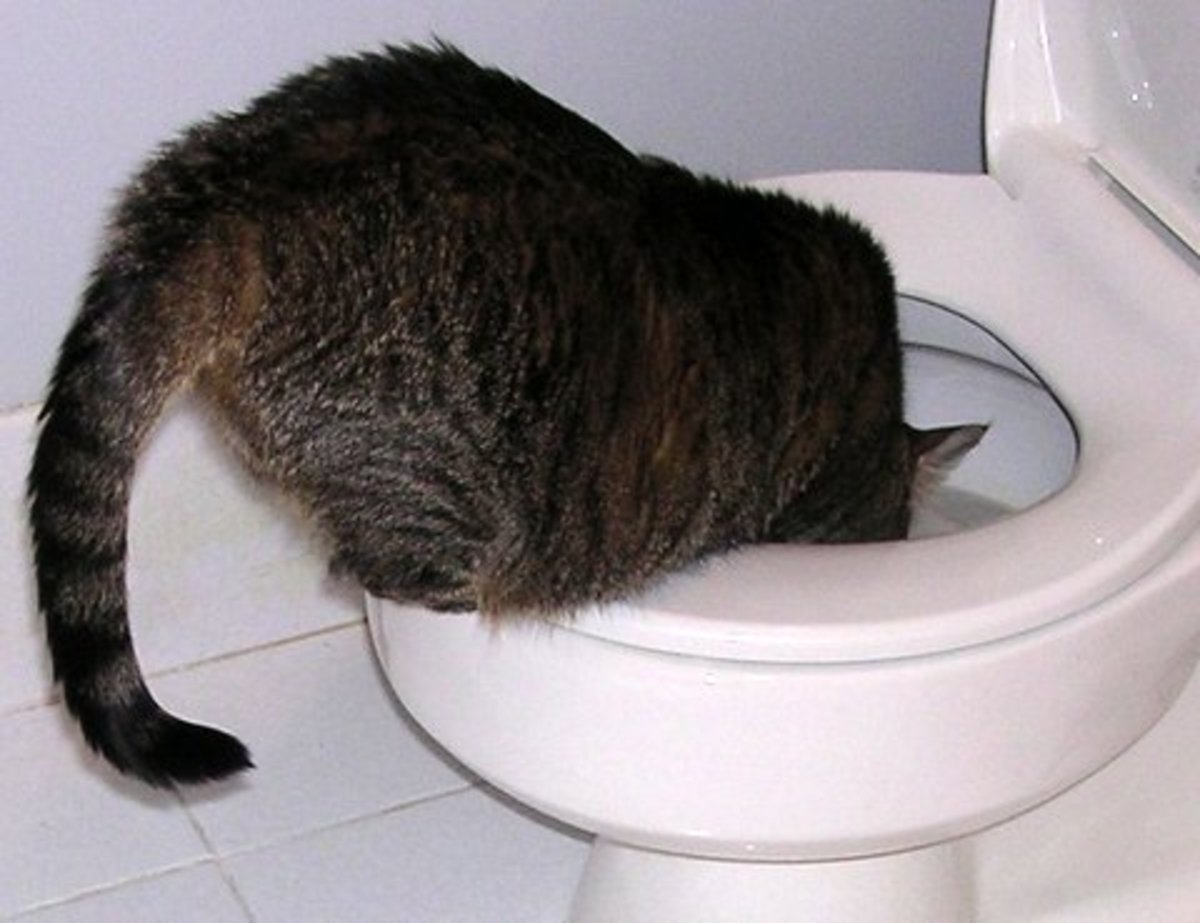Prevent Plumbing Problems: Don't Flush Cat Poop Down Your Toilet - Expert Advice
Prevent Plumbing Problems: Don't Flush Cat Poop Down Your Toilet - Expert Advice
Blog Article
This post below involving Don’t flush cat feces down the toilet is without a doubt enlightening. Have a go and make your own results.

Introduction
As cat proprietors, it's vital to be mindful of exactly how we get rid of our feline buddies' waste. While it may appear practical to flush pet cat poop down the commode, this method can have detrimental effects for both the atmosphere and human wellness.
Environmental Impact
Purging feline poop introduces hazardous virus and parasites right into the water supply, presenting a significant danger to aquatic ecological communities. These contaminants can adversely impact aquatic life and concession water quality.
Health and wellness Risks
Along with environmental worries, flushing feline waste can additionally position wellness threats to humans. Feline feces might contain Toxoplasma gondii, a parasite that can trigger toxoplasmosis-- a possibly severe disease, specifically for pregnant ladies and people with damaged body immune systems.
Alternatives to Flushing
Thankfully, there are much safer and extra liable ways to get rid of feline poop. Take into consideration the adhering to alternatives:
1. Scoop and Dispose in Trash
The most common technique of throwing away pet cat poop is to scoop it right into an eco-friendly bag and toss it in the trash. Make sure to utilize a dedicated trash inside story and dispose of the waste immediately.
2. Usage Biodegradable Litter
Choose naturally degradable pet cat litter made from products such as corn or wheat. These clutters are eco-friendly and can be safely dealt with in the trash.
3. Bury in the Yard
If you have a yard, consider burying pet cat waste in a marked location far from vegetable gardens and water sources. Make sure to dig deep adequate to stop contamination of groundwater.
4. Install a Pet Waste Disposal System
Purchase a family pet garbage disposal system especially designed for cat waste. These systems utilize enzymes to break down the waste, minimizing smell and environmental influence.
Verdict
Accountable animal ownership expands past supplying food and shelter-- it also entails correct waste administration. By refraining from flushing cat poop down the toilet and choosing alternate disposal techniques, we can lessen our ecological impact and shield human wellness.
Why Can’t I Flush Cat Poop?
It Spreads a Parasite
Cats are frequently infected with a parasite called toxoplasma gondii. The parasite causes an infection called toxoplasmosis. It is usually harmless to cats. The parasite only uses cat poop as a host for its eggs. Otherwise, the cat’s immune system usually keeps the infection at low enough levels to maintain its own health. But it does not stop the develop of eggs. These eggs are tiny and surprisingly tough. They may survive for a year before they begin to grow. But that’s the problem.
Our wastewater system is not designed to deal with toxoplasmosis eggs. Instead, most eggs will flush from your toilet into sewers and wastewater management plants. After the sewage is treated for many other harmful things in it, it is typically released into local rivers, lakes, or oceans. Here, the toxoplasmosis eggs can find new hosts, including starfish, crabs, otters, and many other wildlife. For many, this is a significant risk to their health. Toxoplasmosis can also end up infecting water sources that are important for agriculture, which means our deer, pigs, and sheep can get infected too.
Is There Risk to Humans?
There can be a risk to human life from flushing cat poop down the toilet. If you do so, the parasites from your cat’s poop can end up in shellfish, game animals, or livestock. If this meat is then served raw or undercooked, the people who eat it can get sick.
In fact, according to the CDC, 40 million people in the United States are infected with toxoplasma gondii. They get it from exposure to infected seafood, or from some kind of cat poop contamination, like drinking from a stream that is contaminated or touching anything that has come into contact with cat poop. That includes just cleaning a cat litter box.
Most people who get infected with these parasites will not develop any symptoms. However, for pregnant women or for those with compromised immune systems, the parasite can cause severe health problems.
How to Handle Cat Poop
The best way to handle cat poop is actually to clean the box more often. The eggs that the parasite sheds will not become active until one to five days after the cat poops. That means that if you clean daily, you’re much less likely to come into direct contact with infectious eggs.
That said, always dispose of cat poop in the garbage and not down the toilet. Wash your hands before and after you clean the litter box, and bring the bag of poop right outside to your garbage bins.
https://trenchlesssolutionsusa.com/why-cant-i-flush-cat-poop/

We hope you liked our section on Don’t flush cat feces down the toilet. Thanks for spending some time to read through our post. Sharing is nice. Helping others is fun. I praise you for your time. Please pay a visit to our website back soon.
Request Estimate Report this page